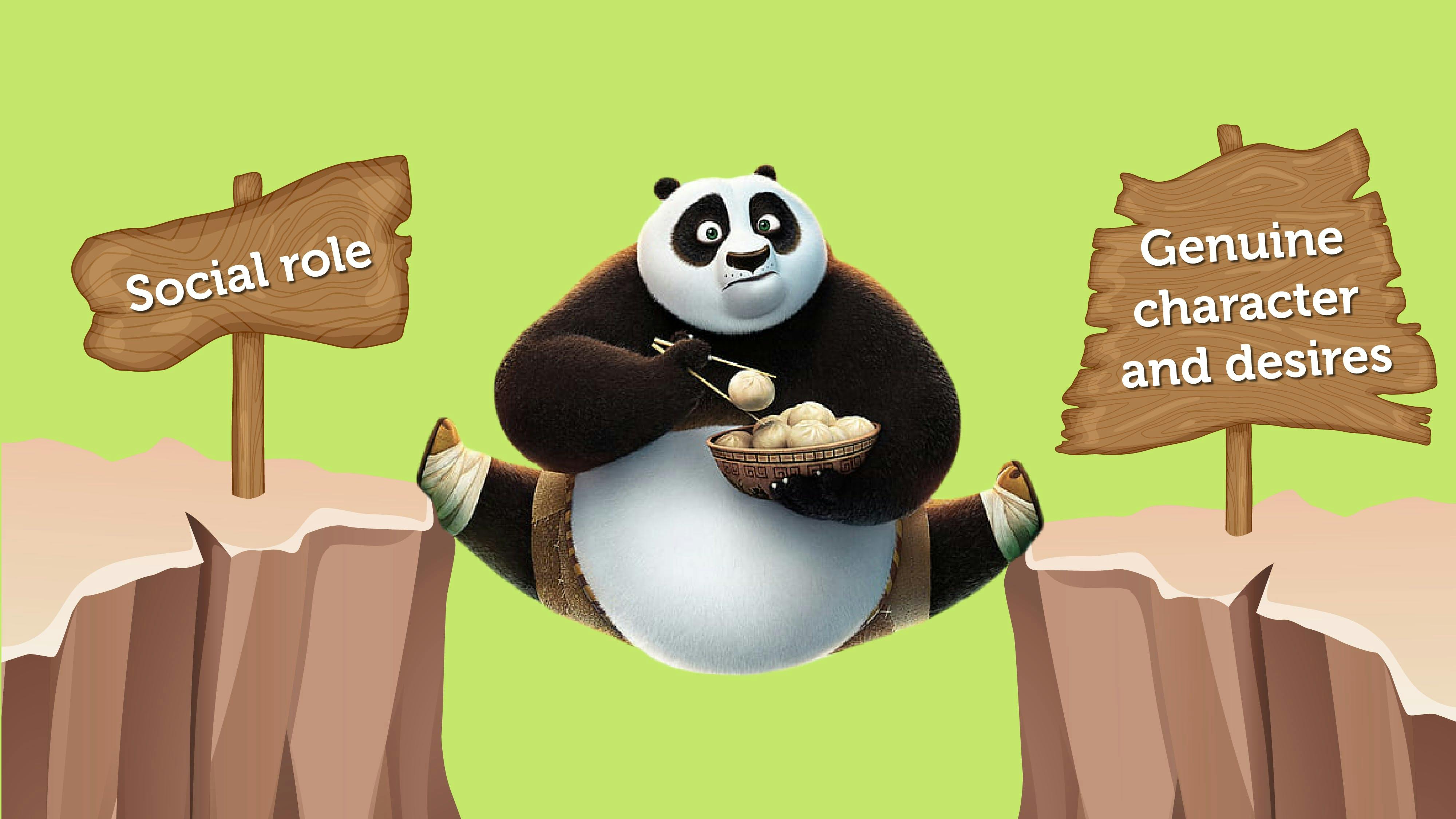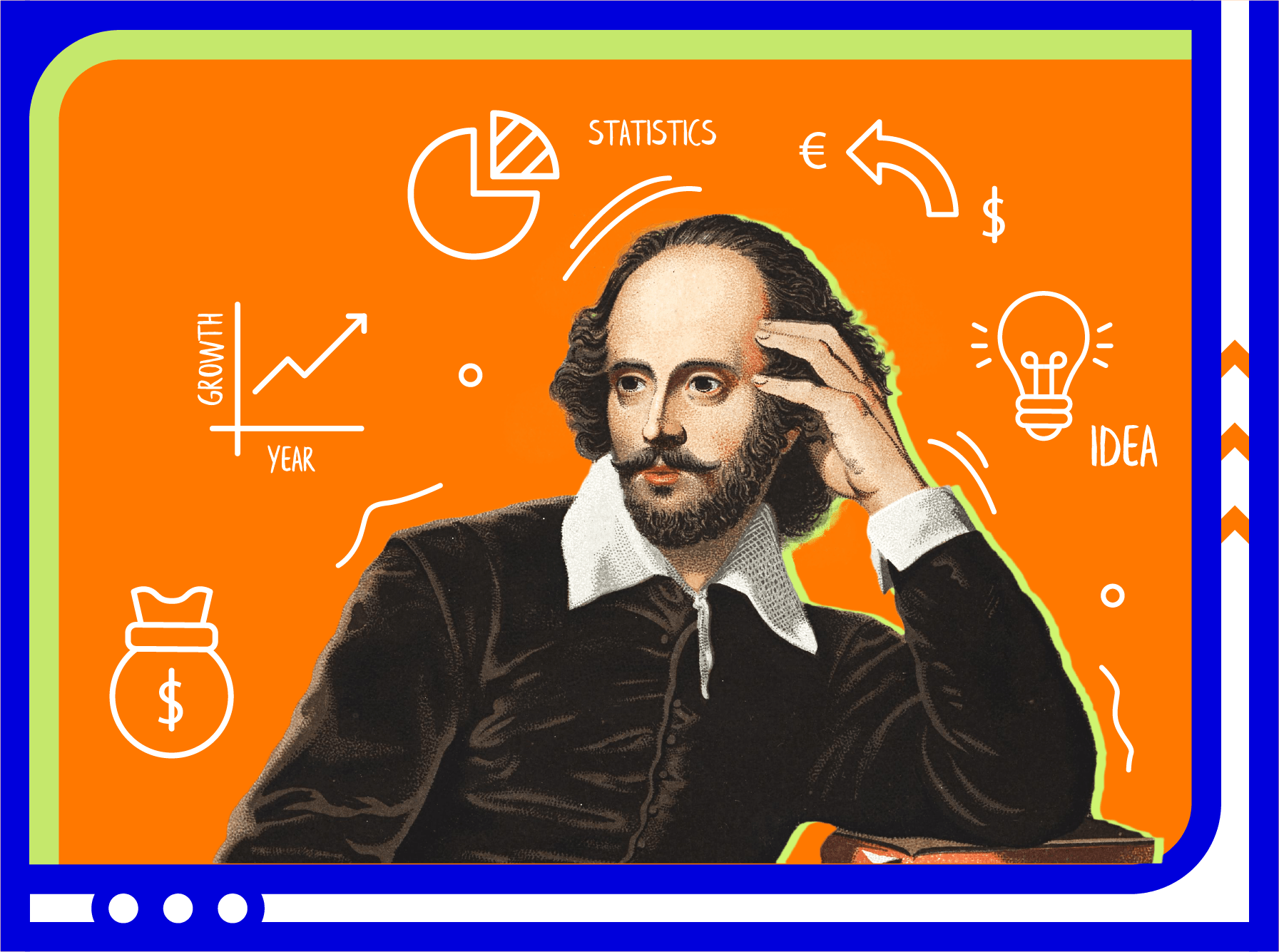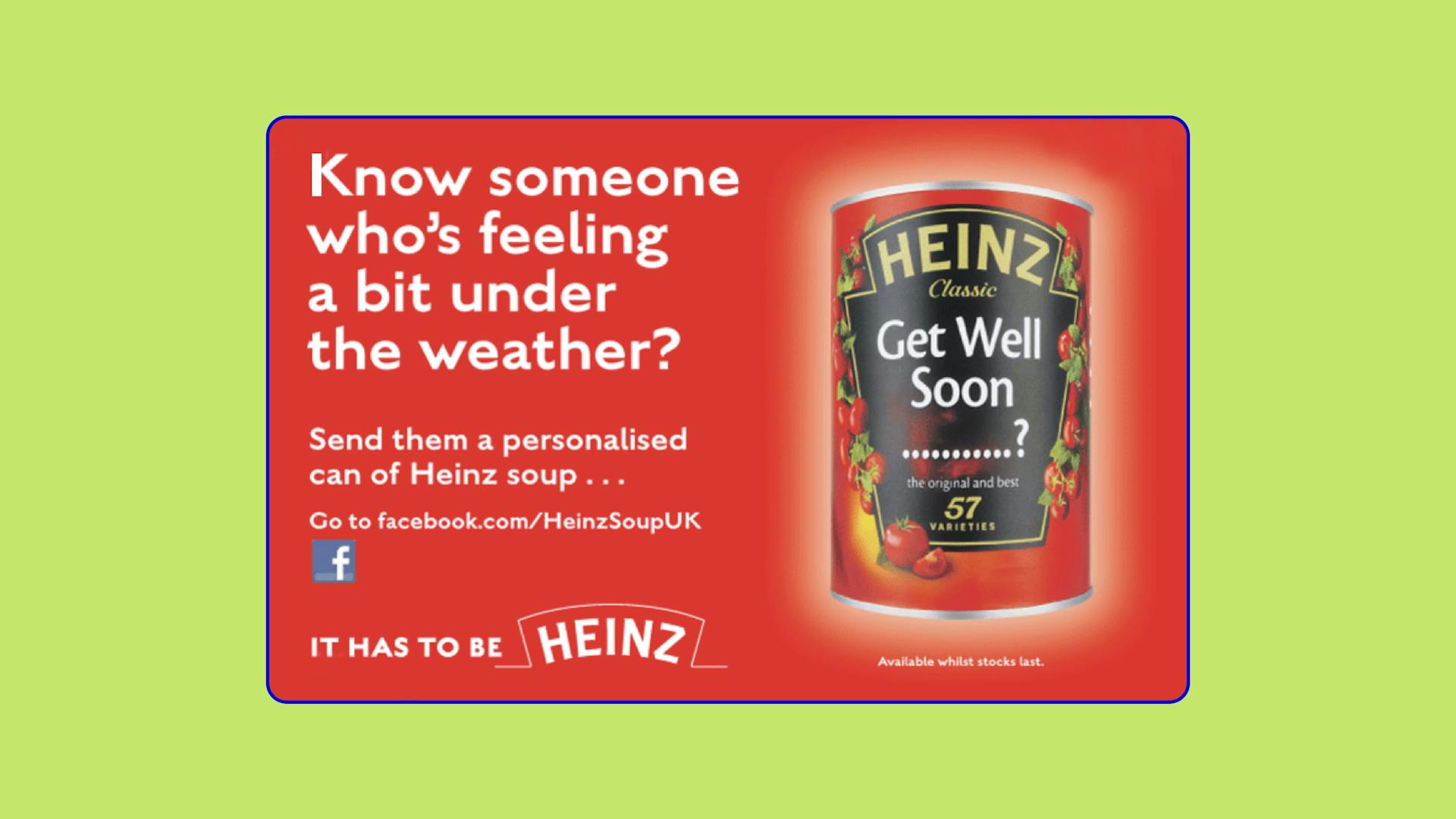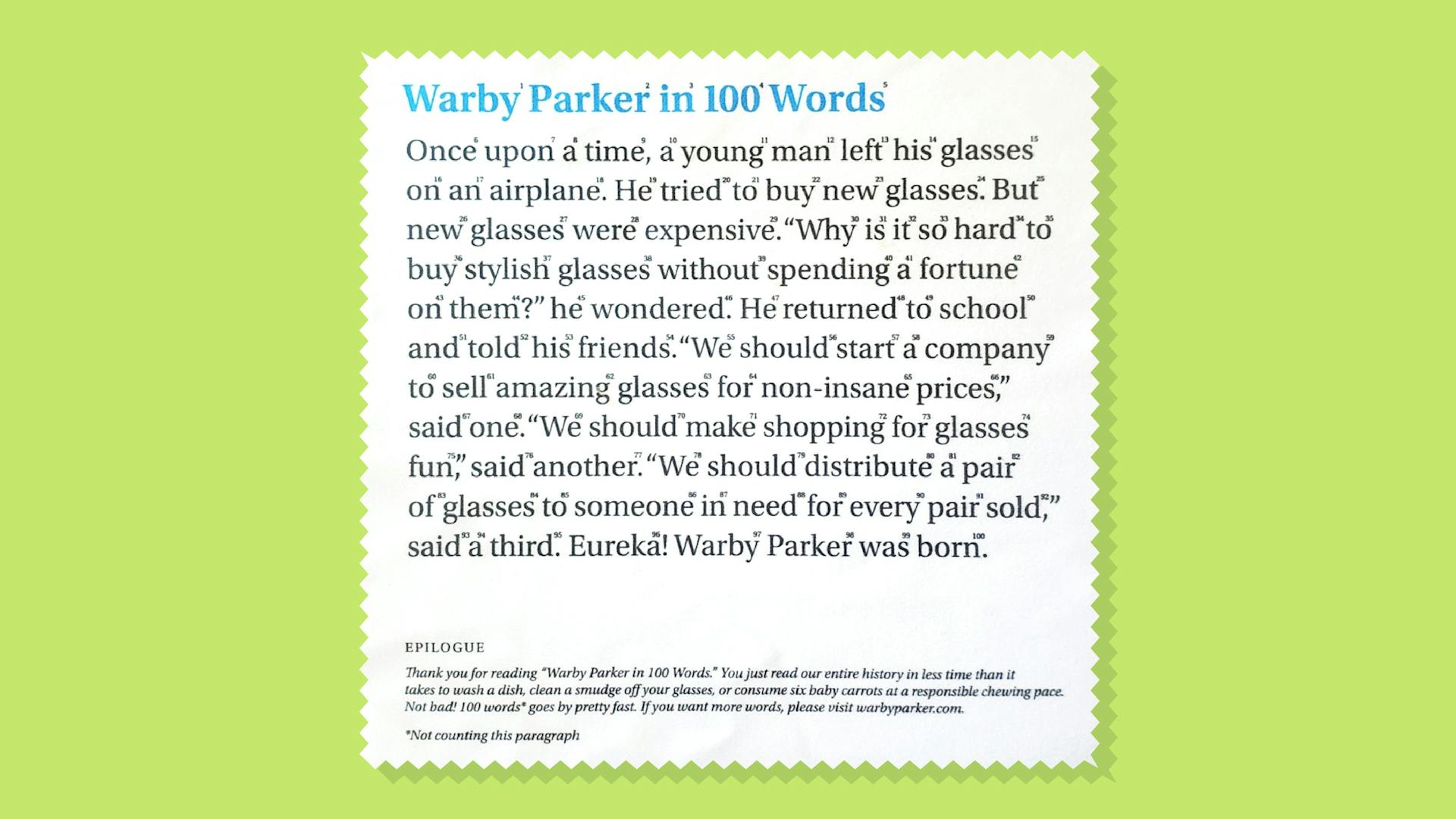Creating a truly memorable story is a breeze when you know the following secrets. Here they are.
Trigger the right emotional motivators
The human-to-human connection is fundamental for business success, and it’s possible only when you talk to your client’s heart, not mind. Emotions are the key factor that drives customer behaviour. You can encourage people to do what you want in terms of your brand when sparking reactions. Here are the most powerful emotions, motivations and desires that affect humans’ behaviour:
- succeed in life – personal and professional;
- stand out from the crowd;
- feel secure;
- be free in what they do and how they live;
- be confident about the future;
- live according to their ideal self-image;
- enjoy lack of stresses, threads and health problems;
- be a part of a group.
Those are the triggers that will invite emotions – happiness, sadness, anger and others. It depends on how you present your story and what the central conflict will be.
Sure thing, people may also respond to such primitive triggers like sexual excitement, fear, disgust or bathroom humour. But don’t exploit those reactions as they disrespect and manipulate your audience. Instead, give your customers genuine and engaging content that will make them think, analyse and sympathise with characters.
If you spark emotions with your storytelling, you’ll get a customer who:
- is likely to become your brand advocate;
- doesn’t care much about the price of your product;
- recommends you a lot;
- often purchases from you.
To build an emotional and developmental dynamic in your story, you should work on the conflict. And that’s what our next tip is about.
Conflict is the king, drama is the queen

Imagine a portrait of a happy family – mother, father and two kids. They are sitting on a lovely, big sofa and smiling. Their house is cosy and well-equipped, and nothing can ruin their happiness. Sounds boring, right? Do you want to know how this family spends their weekends? Not really! Every story needs drama, and the main hero should suffer or at least deal with the ups and downs of their life.
If your story has no conflict, you’re probably not telling a story. It might be a pitch, unique selling point or just a statement. From the marketing perspective, this approach won’t resonate with your audience and get views, likes, shares and conversions.
To introduce a jaw-dropping conflict, you don’t have to be overdramatic. There is no need to kill someone in every blog post or show starving kittens in YouTube videos. All it takes is to investigate the buyer’s journey and the problems your client may face on each of its stages, especially at the awareness one.
Outline the main challenges and show how the main character transforms through them. You can demonstrate the external conflict like the lack of time, arguments with parents, troubles at work, difficulties when taking public transport, etc. Or you can emphasise the internal conflict which is low self-esteem, anxiety about a new job, nostalgia, sorrow and so on. If you mix external and internal conflicts, your story will hit the spot.
And remember that the brand isn’t a magic pill that changes your client’s life dramatically but a tool that helps resolve the problem. So, avoid such statements as “If you have a low self-esteem, buy our perfume and get confidence in every day of your fabulous life!”.
Put a premium on your characters

The rule of thumb is: every story revolves around at least one character. And your content shouldn’t be an exception to that. The easiest way to go is to make your customer the main character. Start with your buying persona. Think of your ideal client and their challenges and goals. For example, if your buying persona is a full-time worker, they might lack time for their family. If you sell to a young mother, she is likely to be confused about her newborn baby. So, the point is to identify different types of customers and dig deeper into their pain points.
To embellish your character and make them more eye-catching and head-turning, turn to the split personality disorder. That doesn’t mean your main hero should be sick or something. Just think of the Gregory House character or Good Will Hunting. What do they have in common? Their social roles contradict their genuine desires and natures. For example, House is a doctor, but he hates people. In fact, he is a sociopath. Will Hunting is a wunderkind, but he is aggressive and has family issues. He doesn’t even want to be a math genius. You can do that to your character as well, just make sure their social role and true desires are at opposite poles.
The structure wins
The worst thing you can do to your audience is to present a story with a wishy-washy structure. To ensure the sought-after flow of your narrative, make sure it answers three questions:
- what?
- and what then?
- so, what’s the point?
When done right, your story will have a comprehensive structure. Here is how it may look:
- The “What” part – This is where you introduce the character and their problem, in other words, the conflict. It will be your exposition and rising action.
- The “And what then” part – Here you should provide the solution to the conflict. That will be your climax and falling action.
- The “So, what’s the point” part – It’s a final part or a resolution. That’s where the conclusion, results and the outcome of the story get into a game.
You can change the order of those parts, and it will be a nonlinear structure of your narrative – or fractured. The story can be circular, meaning that it ends where it began. Why not? Whatever is good for your audience will work just fine for your brand.








 Most Popular Payment Methods in the World: Analysis by Markets
Most Popular Payment Methods in the World: Analysis by Markets How to Increase Conversions in an Online Store with a Checkout Page
How to Increase Conversions in an Online Store with a Checkout Page How Tranzzo Simplified the Payment Process for Tickets.ua
How Tranzzo Simplified the Payment Process for Tickets.ua Integrating Multiple Payment Methods: Challenges and Solutions
Integrating Multiple Payment Methods: Challenges and Solutions Abandoned Shopping Carts: Why Businesses Lose Revenue and How to Increase the Number of Successful Payments
Abandoned Shopping Carts: Why Businesses Lose Revenue and How to Increase the Number of Successful Payments

